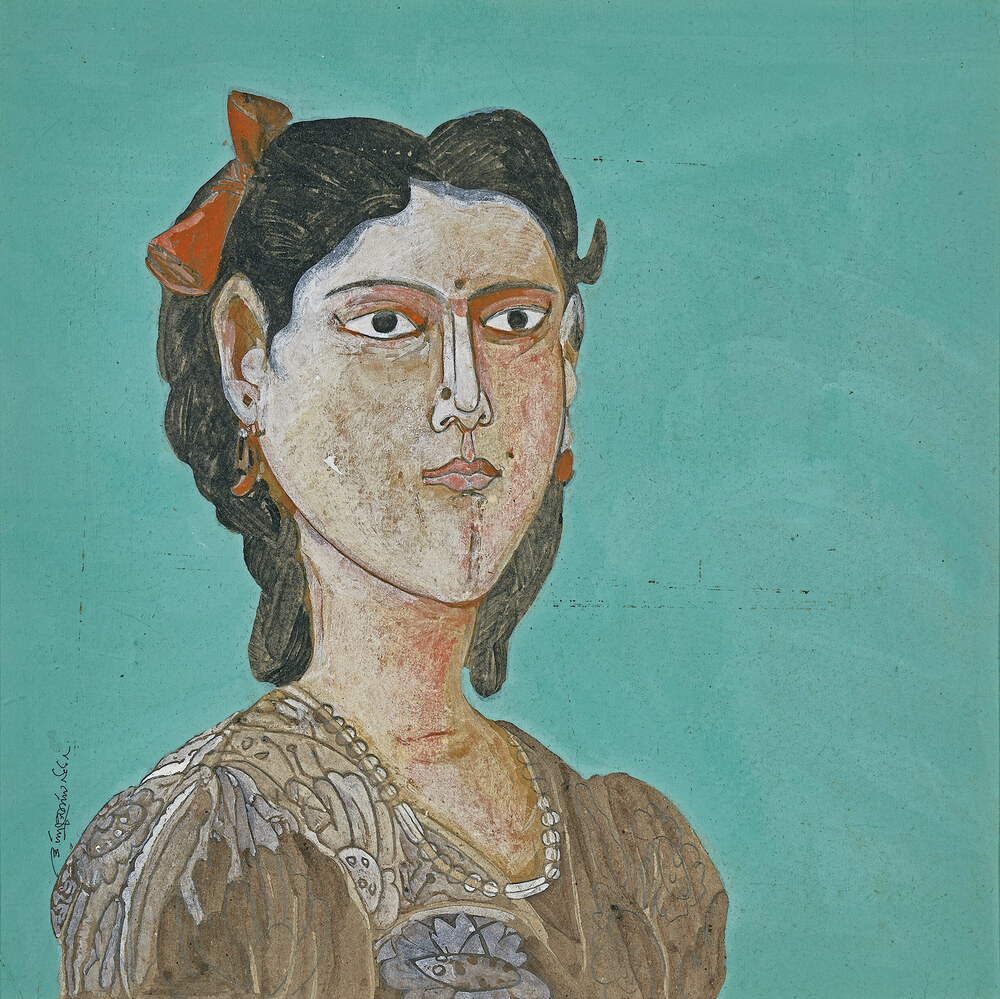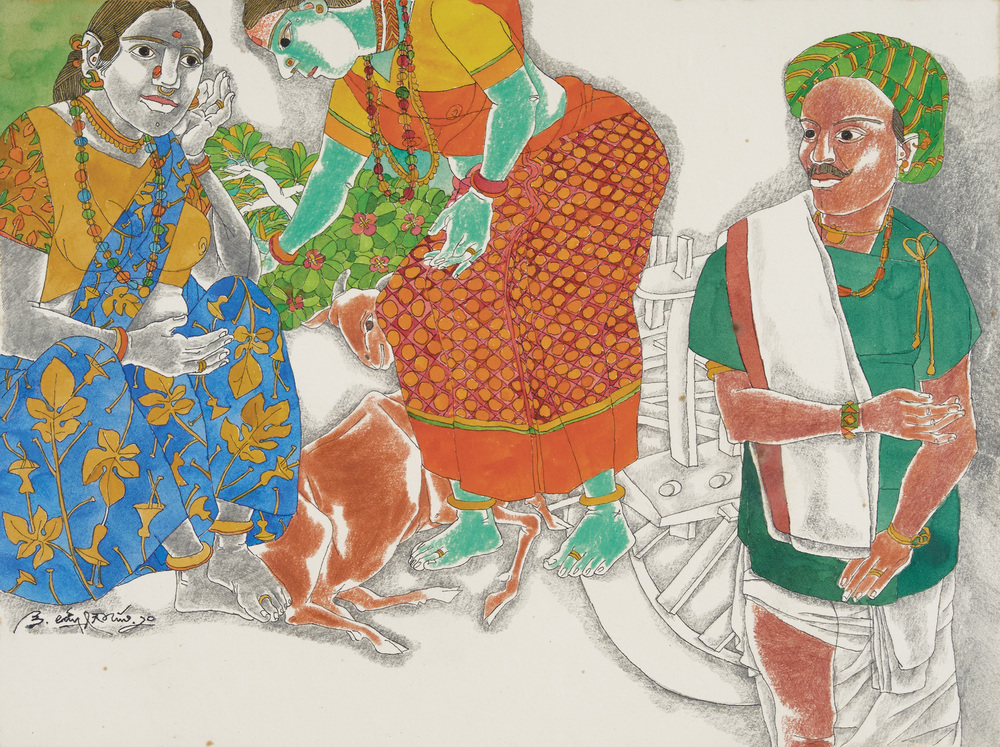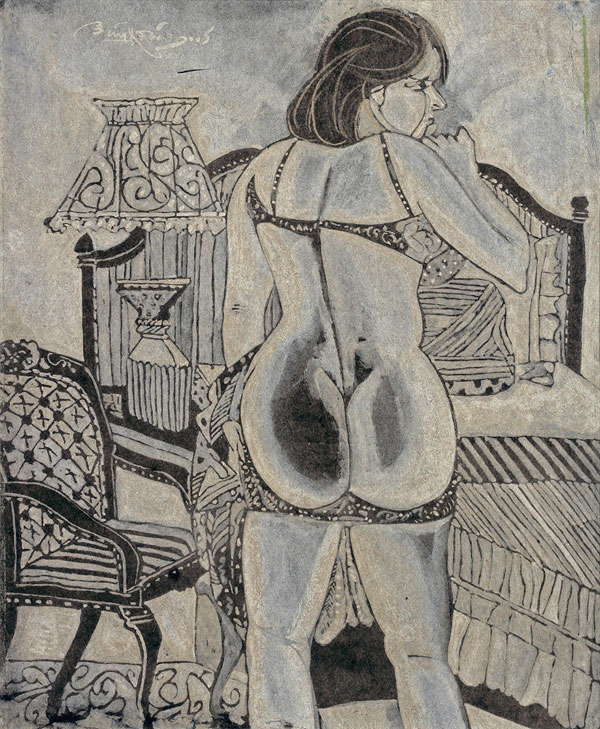
21st August marks the 84th birthday of K. Laxma Goud. Born in 1940, in the state of Telangana, Goud is a prolific Indian painter, celebrated for his distinctive style that blends traditional Indian themes with modern artistic sensibilities. He studied at the Government College of Fine Arts and Architecture in Hyderabad and later at the Faculty of Fine Arts, MS University, Baroda under the guidance of K.G. Subramanyan from 1963 to 1965.
Through his works, he often explored themes related to rural life, folk traditions, and the human form. His art is notable for its use of bold lines, vibrant colours, and an expressive portrayal of emotions and daily tribal life. He employs various media, including drawing, painting, and printmaking, and is known for his mastery of the medium of etching.
Laxma Goud is popularly known for his early erotic works that often merged traditional Indian motifs with a modernist approach, creating a visual dialogue between the ancient and the contemporary. His pieces captured the essence and subtleties of intimacy and sensuality without making it look crude or indelicate. This approach was a subject of both admiration and controversy, as it challenged the conventional boundaries and engaged with themes that were sometimes considered taboo in traditional contexts. The artist’s ability to provoke thought and emotion through his creative expression is a testament to his brilliant skill in navigating complex themes.

Goud frequently incorporated figures from Hindu mythology such as deities and mythical beings, into his work. His depictions of Gods and Goddesses created utilising traditional iconography with a contemporary aesthetic, highlighted the timeless relevance of these mythological themes. Goud’s work also included elements of nature, such as flora and fauna, which may be seen as an extension of the divine or a reflection of mythological landscapes.
K. Laxma Goud was well-known for his distinctive portraits that often captured the essence of his subjects with remarkable detail and emotion. His portraits of individuals captured a range of emotions and expressions, highlighting the personal and collective experiences of the people he portrayed. His portraits also often reflected a deep personal connection with his subjects. The artist’s understanding of empathy is evident in the way he represented their expressions and details, providing a nuanced portrayal of their inner lives.

The artist is recognised for capturing the essence of the cultural and social aspects of tribal communities by blending realism and abstraction styles. He frequently depicted scenes from the everyday lives of tribal people, including domestic activities, rituals, and social gatherings. His artwork provided a window into the traditional practices and communal activities that defined tribal life. Goud’s paintings and drawings also featured traditional tribal attire, jewellery, and artefacts, capturing the distinctive cultural expressions of tribal communities. These elements served as symbols of identity and heritage.
The artist has showcased his works in both India and abroad. He has received numerous awards and accolades for his work, including fellowships and grants that recognise his contribution to the arts. His work is part of major art collections and continues to influence emerging artists in India. K Laxma Goud’s legacy is marked by his distinctive style and contributions to modern Indian art.Authored by Sunny Chandiramani, Senior Vice President at AstaGuru Auction House.

No comments:
Post a Comment
Thanks for comment JK